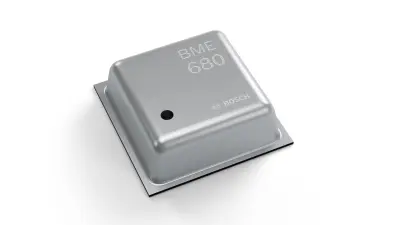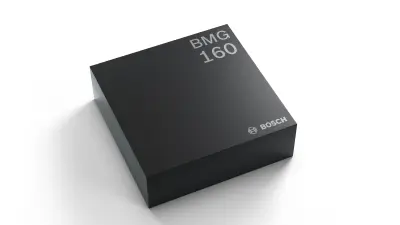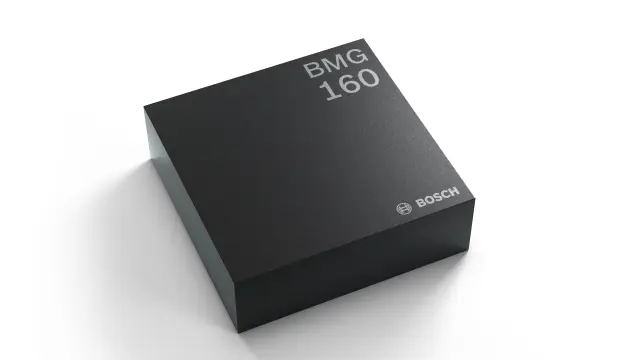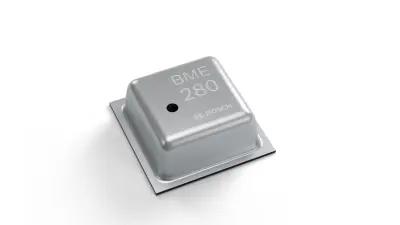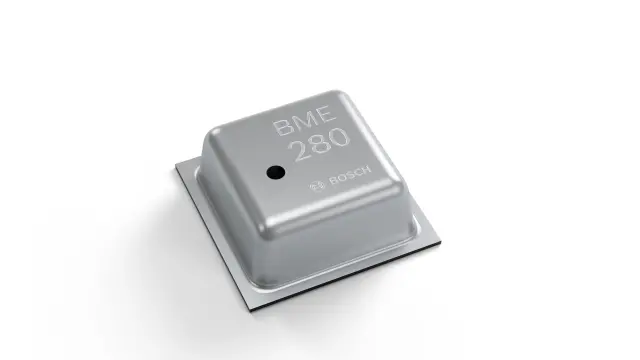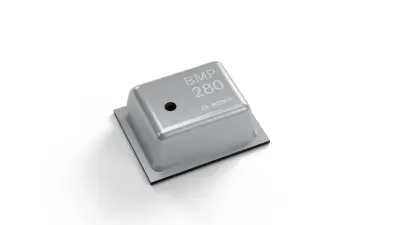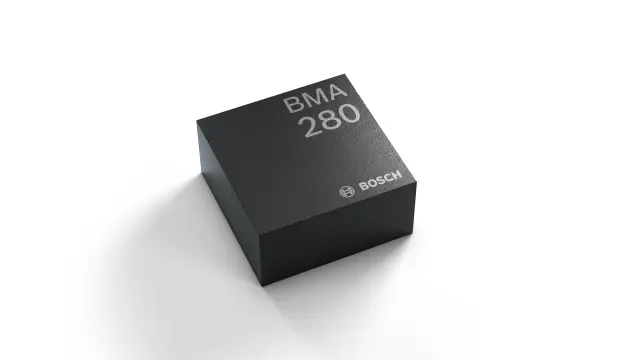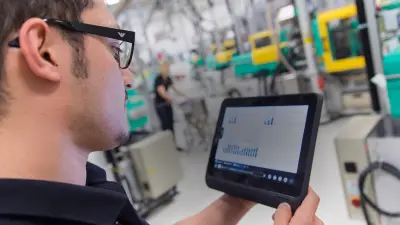With all senses
In connected systems, billions of tiny Bosch MEMS sensors are improving people’s lives. In smartphones and IoT-applications, these sensors provide important data; in vehicles, they ensure safety and comfort. A tour through the metropolis of Shanghai with Bosch associate Chen Jie.
So fast
300 kph, then 320 — an aircraft would take-off now. The magnetic levitation train running from Shanghai Pudong International Airport to downtown Shanghai vibrates softly.
“I can feel the acceleration,” Chen Jie says. And she can measure it, too. A glance at her smartwatch tells her that our acceleration is 0.85 m/s². A little later, the train reaches 430 kph — its top speed, which it maintains for 50 seconds.

So clean
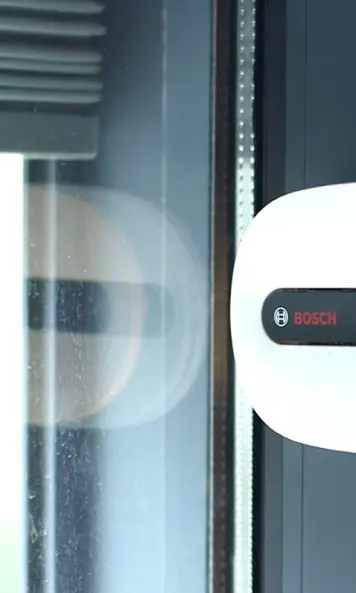
From a Chinese perspective, Chen Jie lives and works just a stone’s throw from the metropolis of Shanghai and its 24 million inhabitants. Suzhou, where she heads the Bosch sensor test center, is roughly an hour’s drive away. She and her team of around 80 associates check the functioning of microelectromechanical systems, or MEMS. Sometimes as small as a pinhead, MEMS sensors have a tangible effect on many aspects of our daily lives, whether in connection with smartphones, tablets, wearables, applications for the internet of things, or in vehicles. Around a million of these tiny devices, particularly pressure and inertial sensors that measure acceleration and yaw rate for consumer electronics applications, pass through the testing facilities in Suzhou every day under the strictest clean-room conditions. Clean air is not just something that concerns MEMS in the clean room, however, but also in metropolises like Shanghai. “Our latest sensors can measure air quality,” Chen Jie says. For example, fresh air can be let into a room when required — when a meeting has been going on for a long time, say. Smart windows and blinds can be opened at the touch of a smartphone button.

So alive
Mopeds, bicycles, and cars push past one another in the heart of Shanghai. This is the fast pulse of a metropolis during rush hour. Chen Jie’s smartwatch tells her that her own pulse is currently 92 beats per minute. She has already taken 6,414 steps today, burning around 300 calories. “But that’s probably not enough for first place,” she says with a wink. She is referring to a fitness group that her colleagues in Suzhou created using the WeChat app; each day, the person who has taken the most steps wins. Chen Jie pauses briefly on the Zha Pu Road Bridge. “Lots of couples get their wedding photos taken here,” she says. The reason is the marvelous backdrop: the spectacular skyline of the Pudong district with skyscrapers such as the Oriental Pearl Tower, the Shanghai Tower, and the Shanghai World Financial Center. The latter, which looks like a giant bottle opener, is home to the world's highest viewing platform.

So high

Before taking the ride up, Chen Jie makes one last check: 26°C, no rain, low humidity — to judge by the latest conditions reported by her smartphone, the views are going to be great. Bathed in dark blue light, the visitor elevator at the Shanghai World Financial Center speeds upward at 10 meters per second. Chen Jie has tracked her progress by using her smartwatch to count the floors as they fly by: 50, 92, 96, 97, then 100. Here’s where the Sky Walk is located. The glass-bottomed observation deck offers breathtaking views at a height of 474 meters. No wonder so many selfies are taken up here. “Somewhere over there is my alma mater,” says Chen Jie as she gestures to the north. The 37-year-old studied international investment and seemed destined for a career in one of Pudong’s bank towers, structures that appear small from this height. “But by the time I finished my studies, I decided that I didn’t want to work just with money,” she says. “I wanted a job that fulfilled me.” MEMS technology helps many people improve their quality of life. “And I’m a small part of that.” She smiles, then quickly takes a selfie.
So big

Shanghai is the home of Global Harbor — the world’s largest urban shopping center occupies six floors and 480,000 square meters. “It’s really easy to get lost in here,” Chen Jie says as we enter the luxurious building. She pulls out her smartphone. The display shows a detailed map of the mall and, thanks to the interplay of many different MEMS sensors, constantly indicates her current location. It’s indoor navigation without using GPS at all. At the end of our tour, Chen Jie heads straight for a store selling chocolates. Is she looking for something sweet at the end of a long day? “Not for me, but for my son, Victor.” He’s always thrilled when she brings him back some candy from a business trip. “Wait.” Chen Jie takes out her smartphone, and just seconds later, Victor appears in a video chat window. When the 10-year-old sees his mother with the bag of chocolates, he beams.
Summary
For smartphones, wearables, or IoT applications, MEMS sensors deliver important informaton. In vehicles, they ensure safety and comfort. Bosch is a pioneer in this field and is the world’s leading manufacturer.
